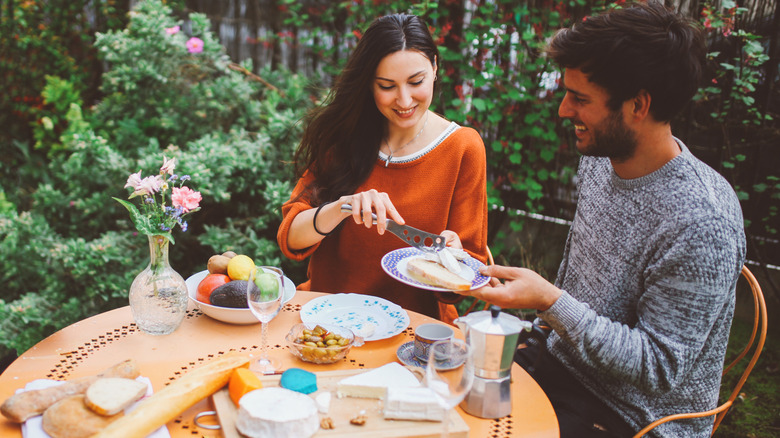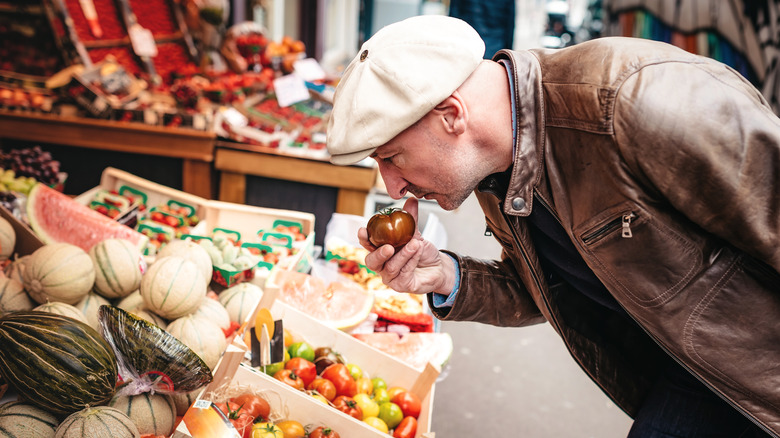One of the best things about traveling to Europe is enjoying the native cuisine of the country you are visiting. And one European nation that is particularly known for its gastronomy is France. While many people dream of the chance to try a local croissant or authentic beef bourguignon, many tourists might be surprised, and even a little intimidated, by the traditions and etiquette that accompany French food. Thankfully, there’s the advice of travel writer and television host, Rick Steves. For him, eating in France is an adventure worth savoring.
When it comes to avoiding eating like a tourist in parts of Europe, Steves has some great advice. Of France, he writes: “The French eat long and well. Relaxed lunches, three-hour dinners, and endless hours sitting in outdoor cafés are the norm.” Like many other European countries, breakfast in France is a light, fast affair. The first real meal of the day comes at lunchtime, and Steves has a favorite way of enjoying this midday meal.
“For many lunches, I picnic or munch a take-away sandwich from a boulangerie (bakery). Picnics can be first-class affairs and adventures in high cuisine,” says Steves. This is an invitation to be bold and try whatever interests you. Simultaneously, you need to understand how French eating habits work in order to get the most out of your picnic.
Building the perfect French picnic
Rick Steves has long promoted the idea that tourists should immerse themselves in experiences they might find, initially, uncomfortable. From going nude at the local bathhouses, to challenging yourself by talking to locals, Steves’ top tier travel tips offer tourists a different angle on exploring Europe. This is the same kind of advice he gives when discussing how to build your ideal French picnic … without the nudity, obviously.
French food is incredibly varied. So, instead of containing yourself to a menu, Steves’ picnic recommendation encourages experimentation. “Try the smelly cheeses, ugly pâtés, sissy quiches, and baby yogurts. Look for a boulangerie, a crémerie or fromagerie (cheeses), a charcuterie (deli items, meats, and pâtés), an épicerie or alimentation (small grocery with veggies, drinks, and so on), and a pâtisserie (delicious pastries).”
Doing this allows you to create a distinct lunch that you can savor. Remember, it’s an unspoken rule in French food that you savor your meal. So, take it slow. Find a beautiful outdoor space and park yourself for a little while. If you rush it, you won’t be getting the full French lunch experience.




